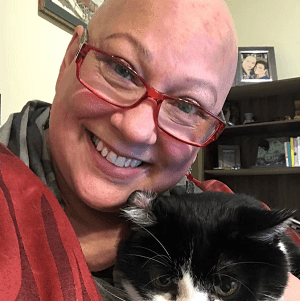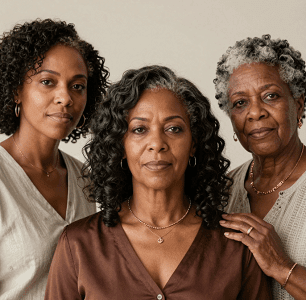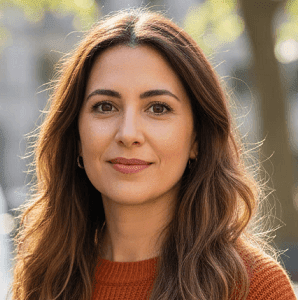In a stark reminder of the health disparities that persist in the United States, Indigenous women are encountering significant obstacles in accessing and receiving breast cancer care. This issue, highlighted by the experiences of women like Nicole Hallingstad, a member of the Tlingit and Haida Native Indian Tribes of Alaska, underscores the complex interplay of cultural, geographic, and systemic factors that impact healthcare delivery to Native American communities.
Hallingstad’s journey with breast cancer illuminates the unique challenges faced by Indigenous women. These barriers often begin with limited access to screening facilities, particularly in rural and remote areas where many Native American communities are located. The distance to medical centers can be prohibitive, making regular check-ups and early detection more difficult.
Cultural factors also play a crucial role. Traditional beliefs and practices may sometimes conflict with Western medical approaches, leading to hesitancy in seeking care or following through with treatment plans. Additionally, there’s often a lack of culturally competent healthcare providers who understand and respect Indigenous traditions and perspectives on health and healing.
The issue extends beyond just access to care. Even when Indigenous women do receive a diagnosis, they may face hurdles in treatment. Financial constraints, lack of insurance coverage, and the need to travel long distances for specialized care can all contribute to delays or interruptions in treatment.
Efforts are being made to address these disparities. Some initiatives focus on bringing mobile mammography units to remote areas, while others work on increasing the number of Indigenous healthcare providers. However, experts stress that more comprehensive, culturally sensitive approaches are needed to truly bridge the gap in breast cancer care for Indigenous women.
As the medical community continues to grapple with these challenges, stories like Hallingstad’s serve as a powerful reminder of the work that remains to be done in ensuring equitable healthcare access for all communities across the United States.
See “Indigenous women continue to face barriers to breast cancer care, report finds” (October 14, 2024)



